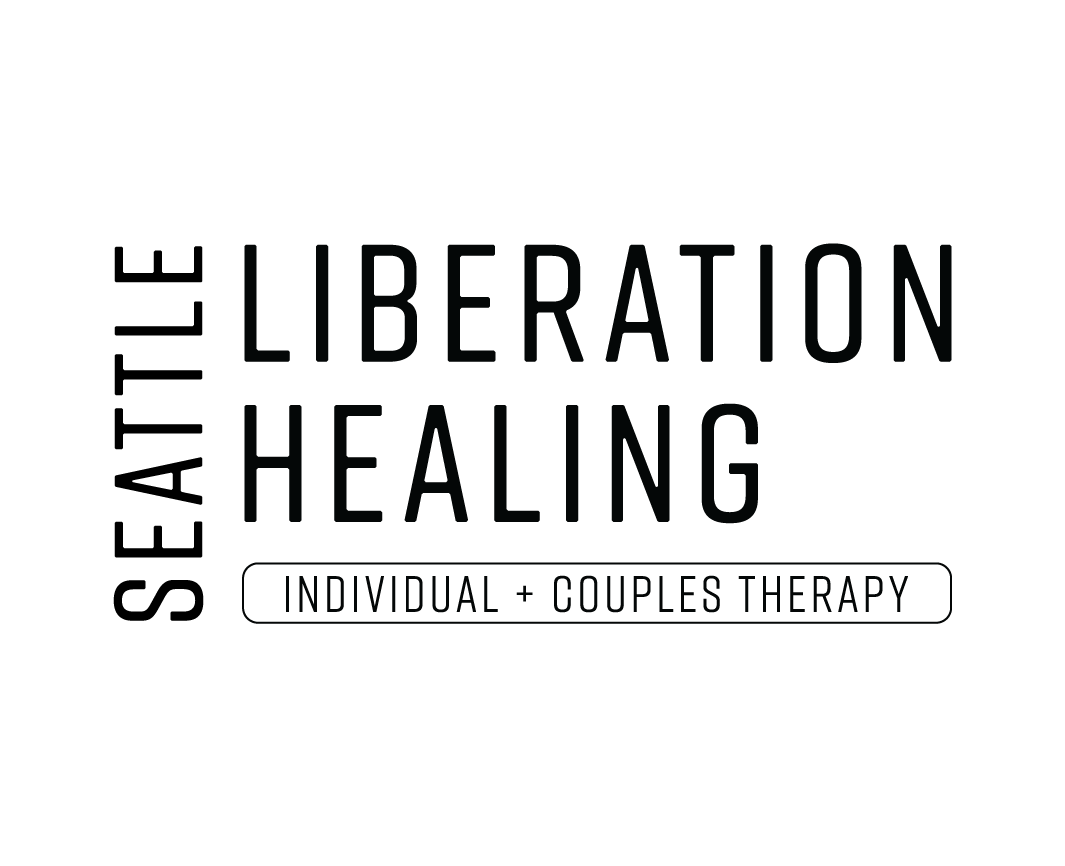Tracking Sensations In Somatic Therapy
What is Somatic Experiencing?
Somatic Experiencing (SE) is a form of alternative therapy aimed at treating trauma and stressor-related disorders like PTSD.
The primary goal of SE is to modify the trauma-related stress response through bottom-up processing (body first and then mind/brain) vs. top-down processing (talking first and then body).
Felt Sense
Use of felt sense: According to Eugene Gendllin, Ph.D., who coined the term in his book Focusing,
“A felt sense is not a mental experience, but a physical one, a bodily awareness of a situation or person or event. [It is] an internal aura that encompasses everything you feel and know about the given subject at a given time – encompasses it and communicates it to you all at once rather than detail by detail.”
Why Sensations?
When we feel our sensations and feelings, we can fully process our experiences rather than simply dealing with our thoughts (e.g. talking about the content/stories/narratives/beliefs)
Sensations help survivors of trauma and others who are disconnected from their body reconnect to their body slowly. Disconnection
General Map For Tracking Sensation (From Somatic Experiencing)
What do you notice/experience/feel in your body right now?
Where in your body do you feel that?
Get details of the sensation experience
Observe what happens next
Broaden awareness to the rest of the body
Explore other options and choices
Sensations Vocabulary List For Reconnecting To The Body
Hot
Cold
Shivering
Heavy
Light
Numb
Moist
Tense
Thick
Tight
Tingly
Tickley
Twitchy
Weak
Strong
Sweaty
Prickly
Moving up
Constricted
Buzzing
Opening
Closing
Warmth
Lightness
Relaxing
Burning
Tightness
And more
Invitational Language for Tracking Sensations In The Body
Where do you sense that?
What happens next?
Stay with that…
Wait and see what happens next….
Take your time. No rush…
What would it be like to stay with this sensation?
Would it be okay to stay with this sensation?
What else do you notice?
In which part of your body is that happening?
As you sense that…
What do you notice?
Tell me more about that
Can you describe to me….
And more
Resources
